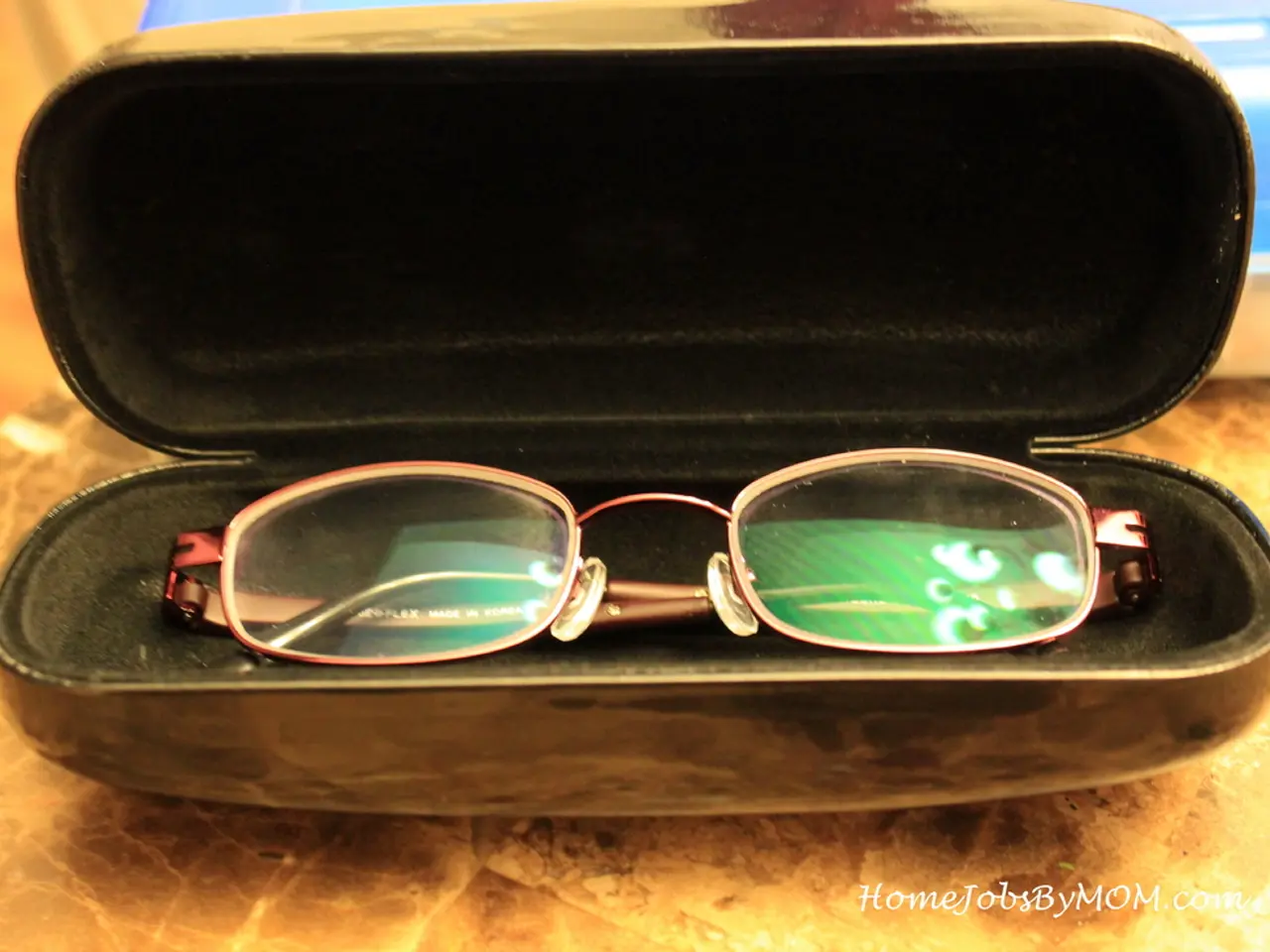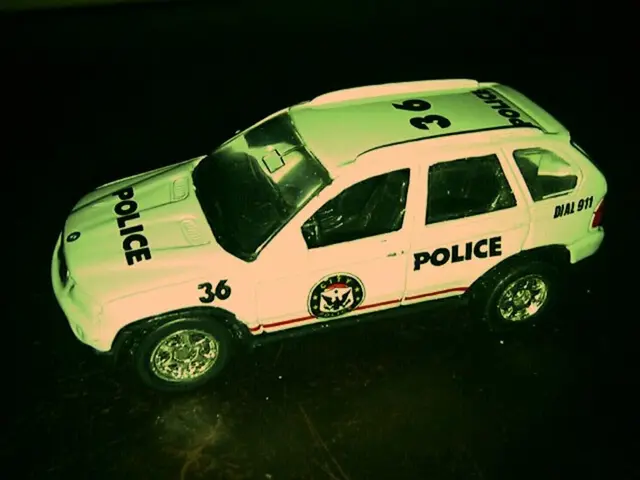Wide-Angle Lens Accessories: Domed Ports and Diopters
Understanding Diopters and Dome Ports for Underwater Wide-Angle Photography
In the realm of underwater photography, choosing the right equipment can significantly impact the quality of your images. Two essential components for capturing stunning wide-angle shots are diopters and dome ports.
Diopters
Diopters, often referred to as close-up lenses, are essential accessories for rectilinear wide-angle lenses underwater. They help reduce the camera's minimum focusing distance, enabling close-up shots, and manage optical distortion.
When using a diopter with rectilinear wide-angle lenses, it's crucial to consider factors such as minimum focusing distance reduction, optical distortion management, water-contact optics, compatibility with lens ports and camera housing, magnification power, and waterproof rating. Balancing improved close-focus capability with potential effects on image distortion is essential.
Dome Ports
Dome ports are an integral part of underwater photography setup, especially for wide-angle lenses. For the best results, an 8-10 inch dome port is recommended. Align the base of the dome port with the first (most outer) element of the lens, and performance is often best at smaller apertures, such as F8 or smaller.
Optical glass dome ports are more expensive but more scratch-resistant and provide better resistance to scratches. They also shed water easier for over-under shots compared to acrylic dome ports. Some photographers even prefer glass ports for their effect on underwater buoyancy.
It's important to note that when using a fisheye or rectilinear wide-angle lens in a dome port, the correct port extension is crucial.
Wide Angle Conversion Ports
Wide angle conversion ports, such as the Nauticam WACP-2 designed for 14mm equivalent lenses, offer the best underwater wide-angle optics available with a rectilinear wide-angle lens. These innovative devices are a combination of a lens and a port, developed by Nauticam, allowing for through-the-lens focusing and water contact optics.
Pre-focusing and Diopters
Pre-focusing a wide-angle lens on land that will be used underwater is not recommended. Additionally, some wide-angle lenses, like the Nikon 12-24mm or 17-35mm, require a diopter when used behind a dome port.
Virtual Image Concept
The virtual image concept can be hard to grasp, as underwater, the camera "sees" the image much closer than it really is. In general, the virtual image with a lens behind a dome port lies approximately 1.5 times the dome diameter (or 3 times the radius) away from the dome port for objects that are far away. When using a compact camera with a wide-angle lens and a dome port, you will probably have to use macro mode because the virtual image lies close to the dome port.
Example Photograph
An example of a stunning underwater photograph taken with a tokina 10-17mm fisheye lens, an acrylic S&S 6 inch dome port, and a small aperture (F13) to ensure sharpness in the corners and rear of the fish, is the Angel shark photo.
In conclusion, understanding diopters, dome ports, and their interaction with wide-angle lenses is crucial for capturing stunning underwater images. Proper selection, configuration, and usage of these components can significantly improve the quality of your underwater photography.
Read also:
- Tesla-powered residences in Houston create a buyers' frenzy
- Bang & Olufsen's newest Atelier Edition speaker delights in the celebration of spring.
- TCL Showcases Innovative Technology for the Future of Living at IFA 2025 Event
- Limited-time offer: Oura Ring Gen 3 discounted to its lowest-ever price, with stock depleting rapidly







